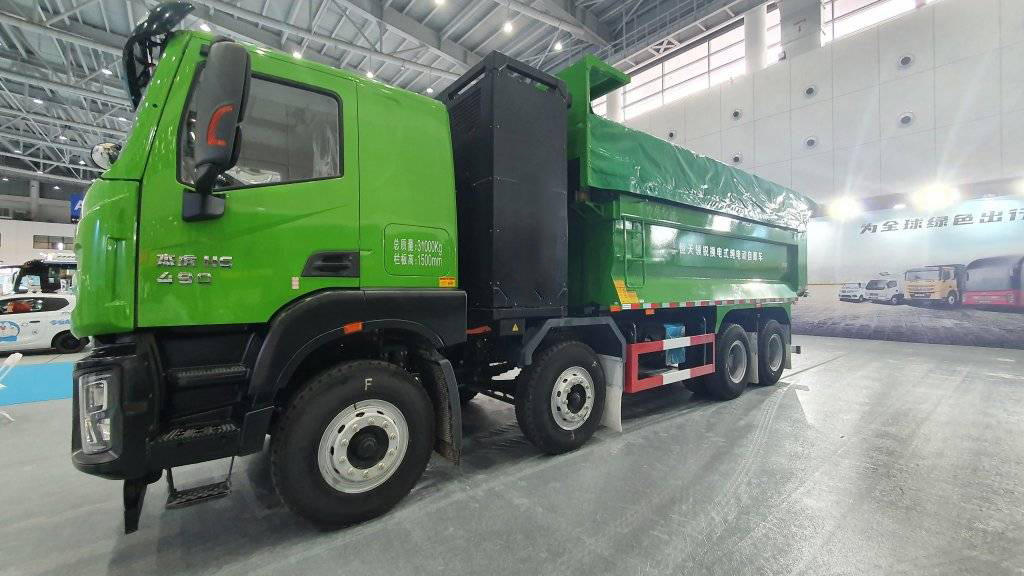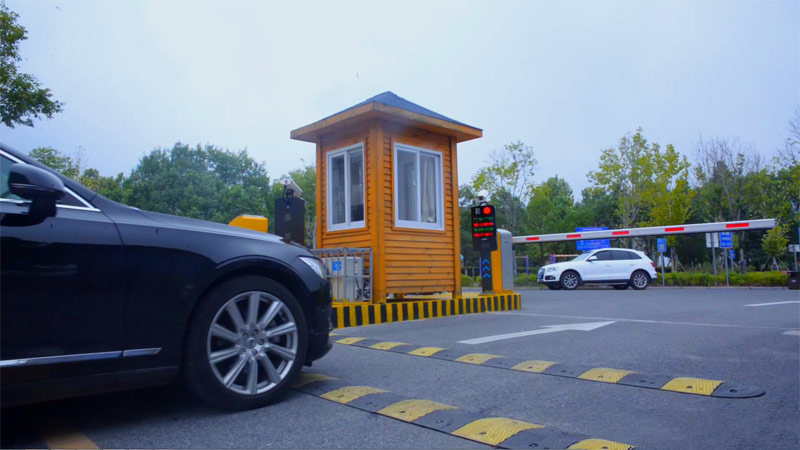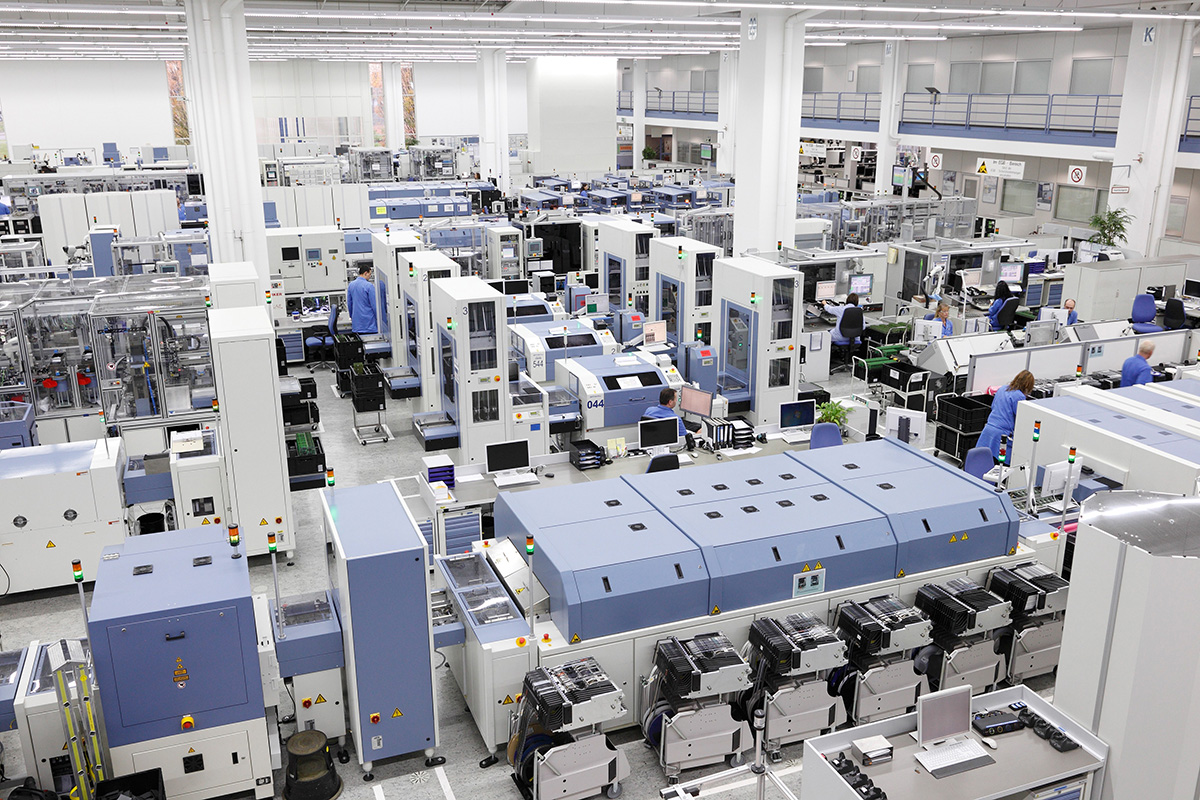Identify vehicle information based on UHF RFID intelligent vehicle management system, and automatically release after confirmation
1. System overview
With the rapid development of China’s economy and the improvement of people’s living standards, the total number of automobiles has also begun to increase rapidly. How to carry out efficient and high-quality intelligent management of vehicles entering and exiting the area under its jurisdiction has gradually been valued by various administrative departments, enterprises and institutions. The problems existing in vehicle management at this stage are mainly cumbersome registration procedures, low efficiency, small circulation, high work intensity of manual verification, and poor service effect. The existing vehicle access management system has complex functions and poor pertinence, resulting in a small demand for a large system, large user investment, and poor effect.
According to the actual situation and needs in the application of vehicle management, the vehicle RFID management information system has been widely used based on the ultra-high frequency radio frequency automatic identification technology (UHF RFID).
The system can automatically identify the identity of the vehicle at a long distance, display information, and automatically release the vehicle after confirming the identity. At the same time, the system combines user management, vehicle access control, data query and other functional modules to effectively solve the vehicle management problems faced by users. Internal vehicles can quickly enter and exit without parking; external vehicles are effectively restricted.
The system is suitable for a closed environment with large traffic flow, clear vehicle ownership, and people on duty. It is especially suitable for some large communities, enterprise parks, government agencies, and fixed parking places of group companies.
2. System features
- Realize vehicle speed pass;
- Improve the quality of service;
- High adaptability and security;
- Practical functions, easy operation, and low cost;
- Automatic barriers for easy access.









